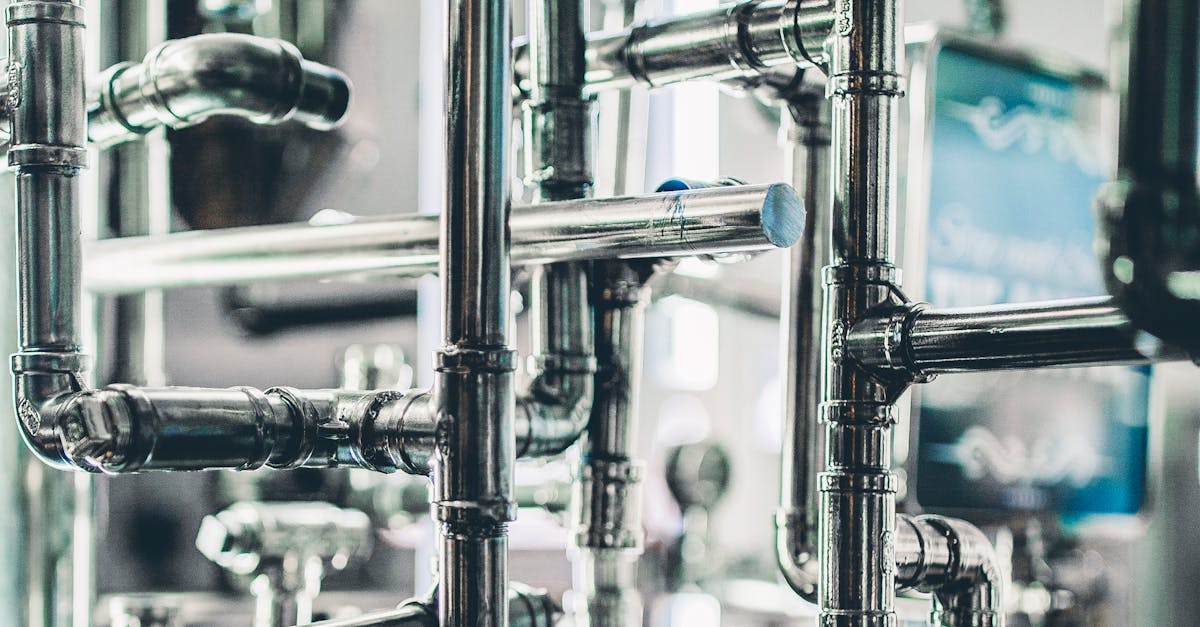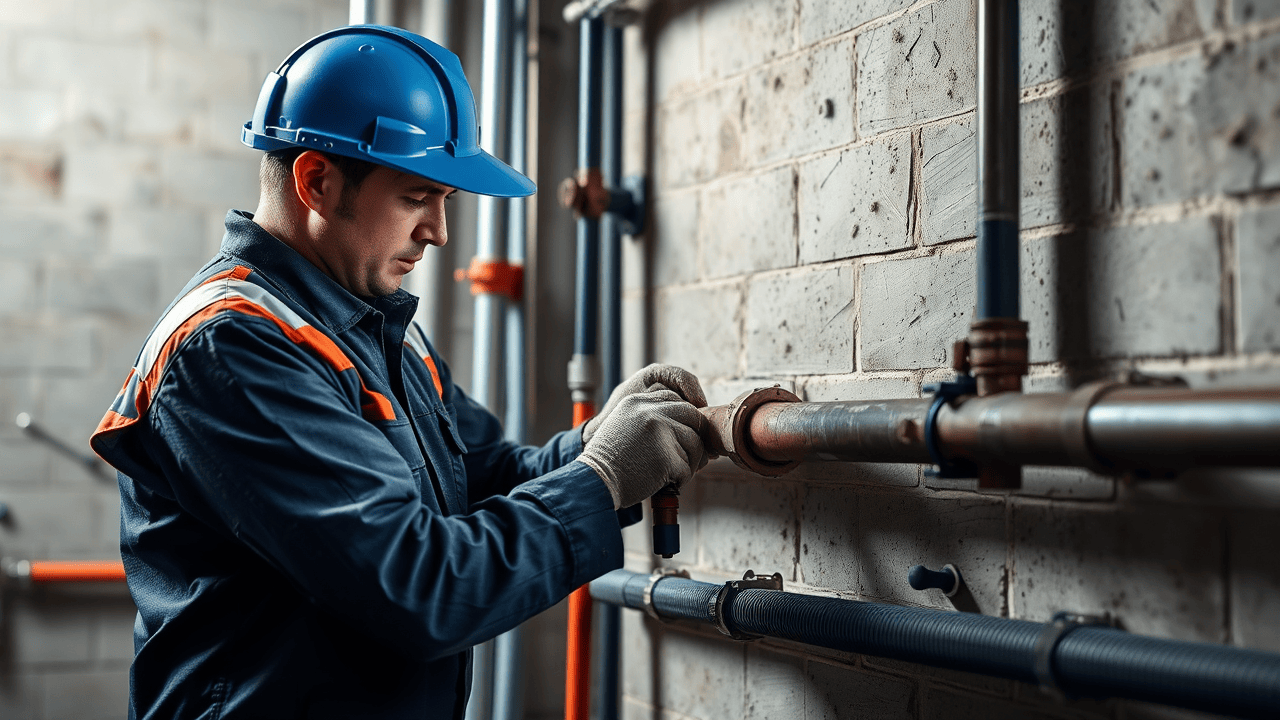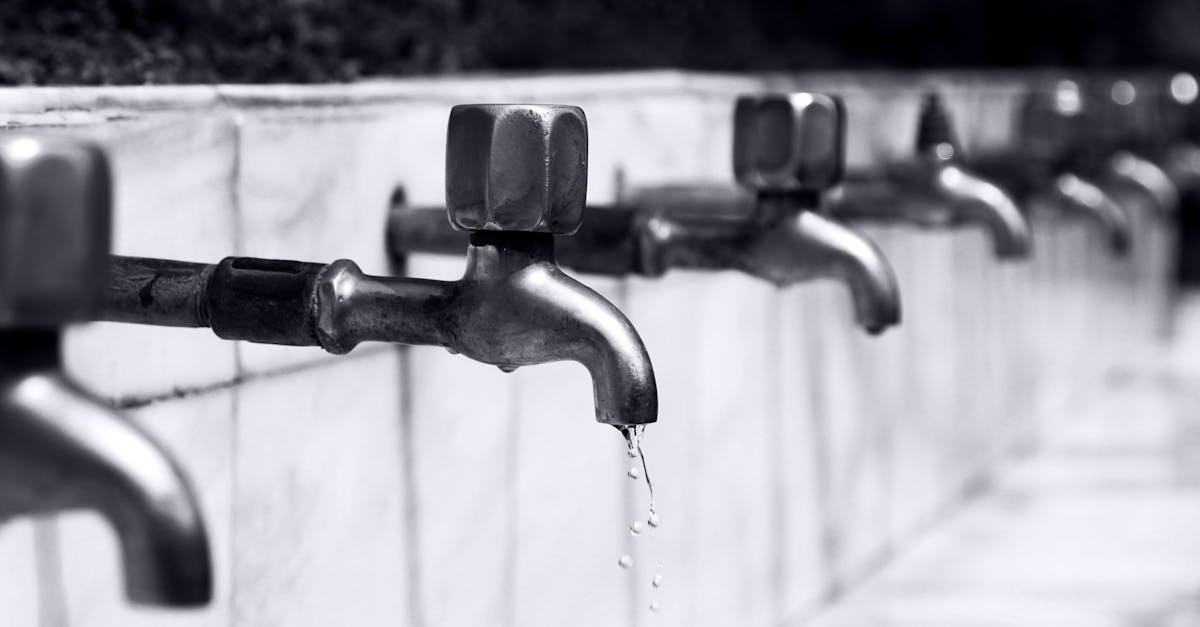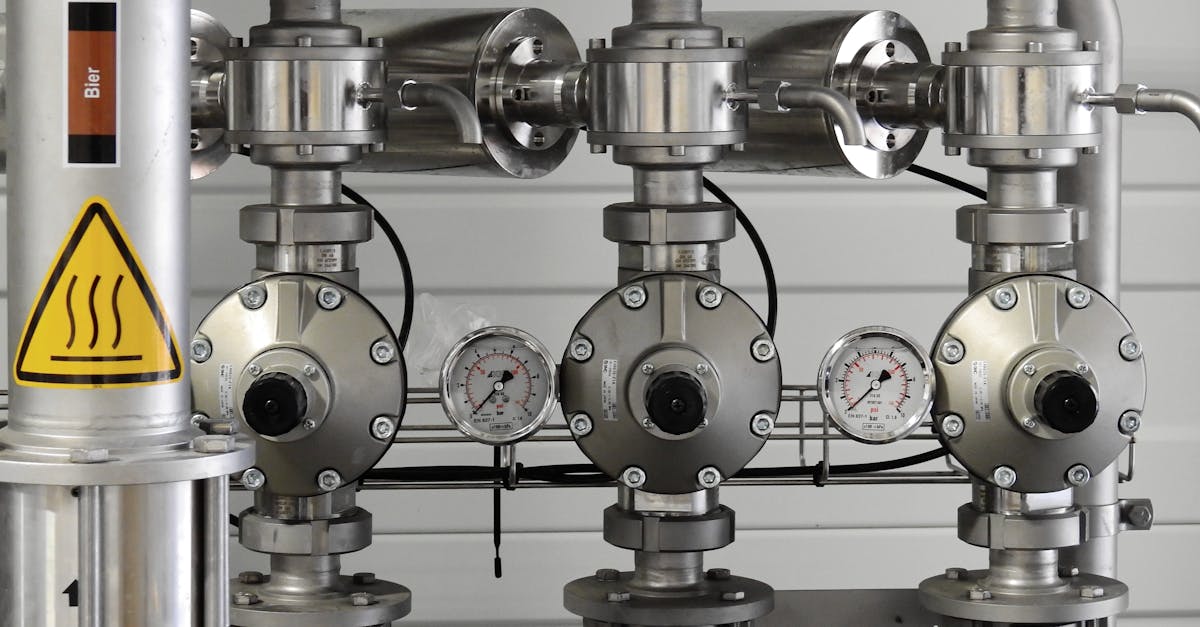
When to Call a Professional
Determining when to call a professional for pipe installation and repair is crucial to prevent further damage to your plumbing system. If you notice persistent leaks, unusual water pressure changes, or unexplained wet patches in your home, it’s time to seek expert assistance. Attempting to fix these issues without proper knowledge can lead to larger problems, including water damage or mold growth.
Additionally, if you’re considering extensive renovations that involve altering existing plumbing systems, professional help is essential. Experts can ensure that everything is up to code, providing peace of mind that the work will be done safely and efficiently. Delaying a call for personalized guidance may result in unexpected costs and increased inconvenience later on.
Signs You Need Expert Help
Recognizing the signs of potential plumbing issues is crucial for maintaining home safety and comfort. Increased water bills may indicate leaks that require immediate attention. Unexplained damp spots on walls or ceilings can also signal underlying problems that need professional intervention.
Pipe installation and repair should not be deferred when you notice persistent clogs or slow drainage. These symptoms might point to a more severe issue within your plumbing system. Discolored water and strange noises from pipes could indicate corrosion or blockages that necessitate expert troubleshooting.
Cost Factors in Pipe Repair
The cost of pipe installation and repair can vary widely based on several factors. The type of material used, such as copper, PVC, or cast iron, can significantly influence expenses. Labor costs also play a crucial role, often depending on the complexity of the job and the local market rates for plumbing services. Additional elements like accessibility to the pipes and the extent of the damage can further impact the overall cost.
In addition to material and labor, geographical location can affect pricing. Areas with a higher cost of living may see elevated service fees. The urgency of the repair is another consideration; emergency services typically come at a premium. Homeowners are wise to obtain estimates from multiple professionals before proceeding with any pipe installation and repair work to ensure they make an informed decision.
Elements Affecting Repair Expenses
Several factors contribute to the overall expenses associated with pipe installation and repair. The type of pipe material involved plays a significant role, as some materials are more expensive to work with than others. For instance, copper pipes generally command higher prices compared to PVC or galvanized steel. Labor costs also fluctuate based on regional rates and the complexity of the repair job. A straightforward leak might incur lower costs than a full pipe replacement, which requires more time and skilled labor.
The accessibility of the pipes in question can further influence costs. Pipes that are easy to reach tend to result in lower labor charges, while those hidden behind walls or underground may require additional tools or structural modifications, driving up expenses. Additionally, if a repair is needed for an emergency situation, this often leads to increased costs due to rushed services. Homeowners should keep these elements in mind when budgeting for pipe installation and repair.
Types of Pipe Materials
Various materials are used in residential plumbing, with each offering unique advantages and disadvantages. Copper pipes are known for their durability and resistance to corrosion, making them a popular choice among homeowners. PVC, on the other hand, is lightweight and easy to install, ideal for drainage systems. Additionally, PEX piping is increasingly favored due to its flexibility and ability to withstand freezing temperatures without cracking.
Pipe installation and repair often depend on the material chosen, as different types require varying techniques and tools. Galvanized steel pipes, while robust, can lead to rust issues over time, necessitating replacements. Understanding the properties of these materials helps homeowners make informed decisions regarding their plumbing systems and anticipate potential maintenance needs.
Comparing Common Pipe Types
Different types of pipes are commonly used in plumbing systems, each with unique characteristics. PVC pipes are lightweight, resistant to corrosion, and ideal for transporting water. Copper pipes offer durability and have been a standard choice for years, known for their longevity and ability to withstand high temperatures. For outdoor plumbing, galvanized steel pipes provide strength but can corrode over time.
Pipe installation and repair can vary significantly based on the type of material used. PEX pipes are gaining popularity for their flexibility and ease of installation, making them a favorite among DIY plumbers. Cast iron pipes, although durable, are heavy and more difficult to work with, often requiring professional help for installation and repair. Understanding these differences is essential when assessing the best option for your plumbing needs.
FAQS
What is the term used for fixing pipes?
The term used for fixing pipes is "pipe repair."
When should I consider calling a professional for pipe repair?
You should consider calling a professional for pipe repair if you notice signs like leaks, unusual water pressure changes, or water stains on walls and ceilings.
What factors can affect the cost of pipe repair?
The cost of pipe repair can be affected by factors such as the type of pipe material, the extent of the damage, labor costs, and any additional repairs required.
What are common types of pipe materials that may need repair?
Common types of pipe materials that may need repair include PVC, copper, galvanized steel, and cast iron.
How can I determine if my pipes need urgent repair?
You can determine if your pipes need urgent repair by looking for signs like frequent leaks, significant water accumulation, or noticeable changes in your water bill, indicating a potential issue.


